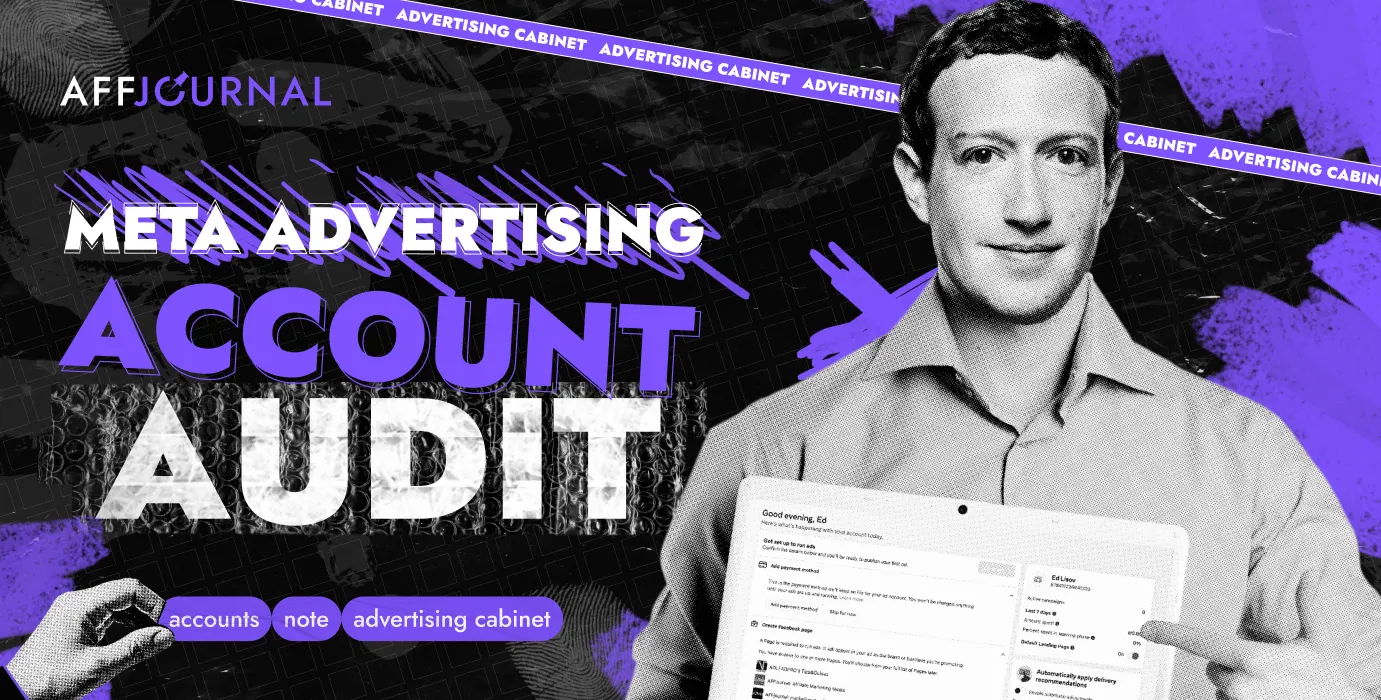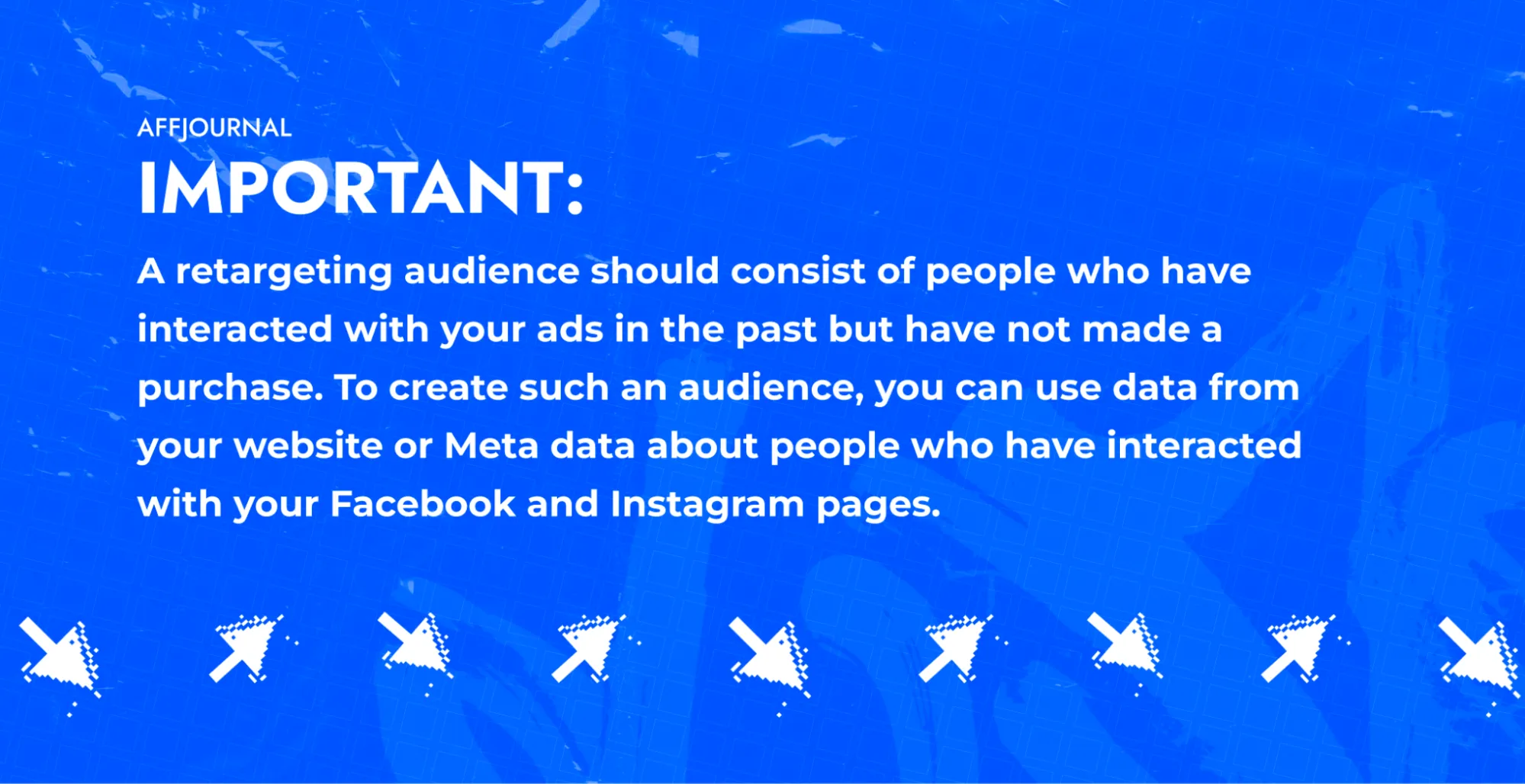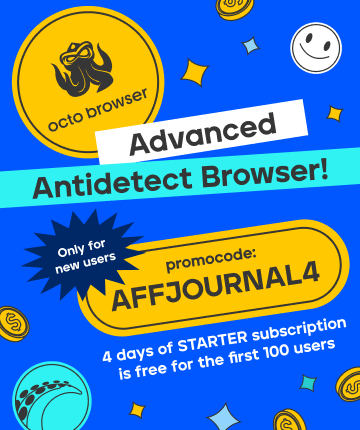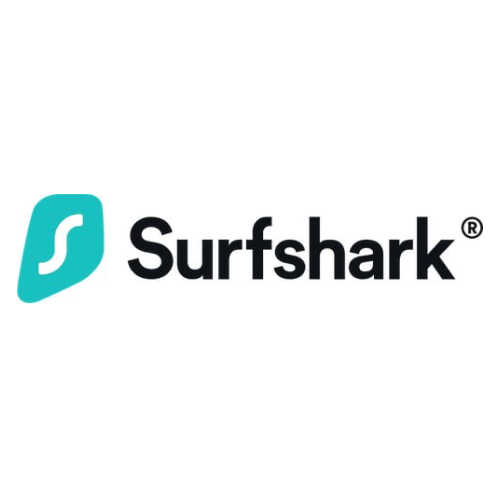

by Editor
In the constantly evolving advertising landscape, conducting regular audits of your Meta (Facebook) advertising account is not just advisable but strategically necessary. It’s the key to increasing the effectiveness of advertising campaigns and unlocking the full potential of your investments. Below are 5 ways to accomplish this.
№1 Review your ad account structure
It's best to have 3-5 ad sets per campaign and 3-5 ads per ad set. This structure allows Meta algorithms to test various objectives, creatives, and placements. The platform dynamically selects the best ad for each target audience and placement, maximizing engagement.
Having multiple ads in rotation also helps prevent the audience from seeing the same ads repeatedly, which can lead to ad fatigue.

№2 Audit your targeting funnel
Effectively utilize a full-funnel approach, consisting of campaigns for Search, Retargeting, and Retention. The first step is to ensure that you have separate audiences for Search, Retargeting, and Retention.
The search audience should consist of potential new customers who haven’t previously interacted with your brand. You can create this audience based on interest groups or demographic criteria. Alternatively, you can create a lookalike audience based on your retargeting and retention audiences. The algorithm will find people whose digital personas are similar to those already in your sales pipeline. Ads for the search audience should contain informative and intriguing content.

Ads for your retargeting audience should aim to move people further along the sales funnel. For example, you can offer a discount code to encourage them to make their first purchase.
The retention audience should consist of existing customers whom you want to maintain loyalty with. To create this audience, you can use a list of past purchasers. Ads for this group can be used for cross-selling, promoting loyalty programs, or simply keeping customers engaged with your brand.
The importance of exclusions. Make sure that representatives of one audience are excluded from the other two audiences. This will help organize your account and lay the foundation for successful A/B testing by setting clear parameters. For example, all retargeting and retention audiences should be excluded from search campaigns (as well as any users with past interactions, website visitors, cart additions, purchases).
Retargeting audience segmentation. You can divide the retargeting audience into three smaller segments: low-, medium-, and high-intensity retargeting audiences. The low-intensity audience will include minimally engaged users, such as those who viewed 25% of your ad video. The medium-intensity retargeting audience includes moderately engaged users, such as those who visited your website. The high-intensity audience will contain highly engaged users, such as those who abandoned their cart or spent a lot of time on your website.

№3 Diversify targeting
There are two main types of target audience - specific and broad. Neither of these methods has an advantage over the other. The choice between them depends on your goals and resources. Meta is constantly improving its broad targeting algorithm, aiming to help advertisers find potential customers they might not discover otherwise. Therefore, it’s recommended to experiment with both broad and specific audience targeting.
Broad targeting. Choosing broad targeting means that you rely primarily on Meta's algorithms to determine the most relevant audience for your ad.
Pros:
- Algorithms can identify potential customers beyond the typical parameters of your audience, expanding coverage.
- Utilizing advanced Meta algorithms and machine learning to optimize ad delivery.
- Saving time on audience research and requiring less initial effort to define audience specifics.
Cons:
- Ads may reach users who are less likely to engage or convert.
- A universal creative approach may not resonate with a diverse audience.
- Less control over audience selection due to an algorithm that can be unpredictable.
Specific targeting allows you to precisely select the audience to whom your ads will be shown. Especially during the acquisition stage, directing your content to the eyes of the target audience, which is crucial.
Pros:
- Targeting a specific audience increases the likelihood of reaching users interested in your offer.
- Precise targeting is best suited for companies with a very specific customer base.
- Specific targeting enables the creation of more personalized and effective ads.
Cons:
- Potential customers who don’t meet narrow criteria can be excluded.
- Deep knowledge of the audience, thorough research, and understanding of the target demographic group are required.
- The risk of audience fatigue due to excessive ad delivery to the same audience may lead to decreased engagement.
№4 Always test
A/B testing is crucial for advertising as it optimizes efficiency, informs data-driven decisions, and ensures campaign relevance. Regular testing is key, especially when adapting to trends or after platform updates. Test various advertising elements such as text, visual effects, ad formats, and targeting.
While the testing frequency depends on the campaign dynamics, a common approach is to test every few weeks. Allocate a specific percentage of the budget to A/B testing, typically around 10-20%, to gather maximum insights without overly impacting the overall campaign expenses.

№5 Check the attribution window
It’s very important to choose an attribution window that aligns with your campaign goals, customer journey, and types of conversions. For example, a 7-day click and 1-day view window is suitable for offers that require consideration. Longer attribution windows are ideal for purchases that require careful deliberation, while shorter ones are for impulse purchases. Regular testing will help determine the most effective settings.
Adjust your approach according to the needs of the offer and use shorter windows for immediate conversions, such as for urgent sales. Continuously monitor campaign effectiveness trends and stay informed about privacy changes that may affect attribution measurement, adjusting your strategies as needed.

by Editor



comments ....(0)
Leave a comment
You must be in to leave a comment